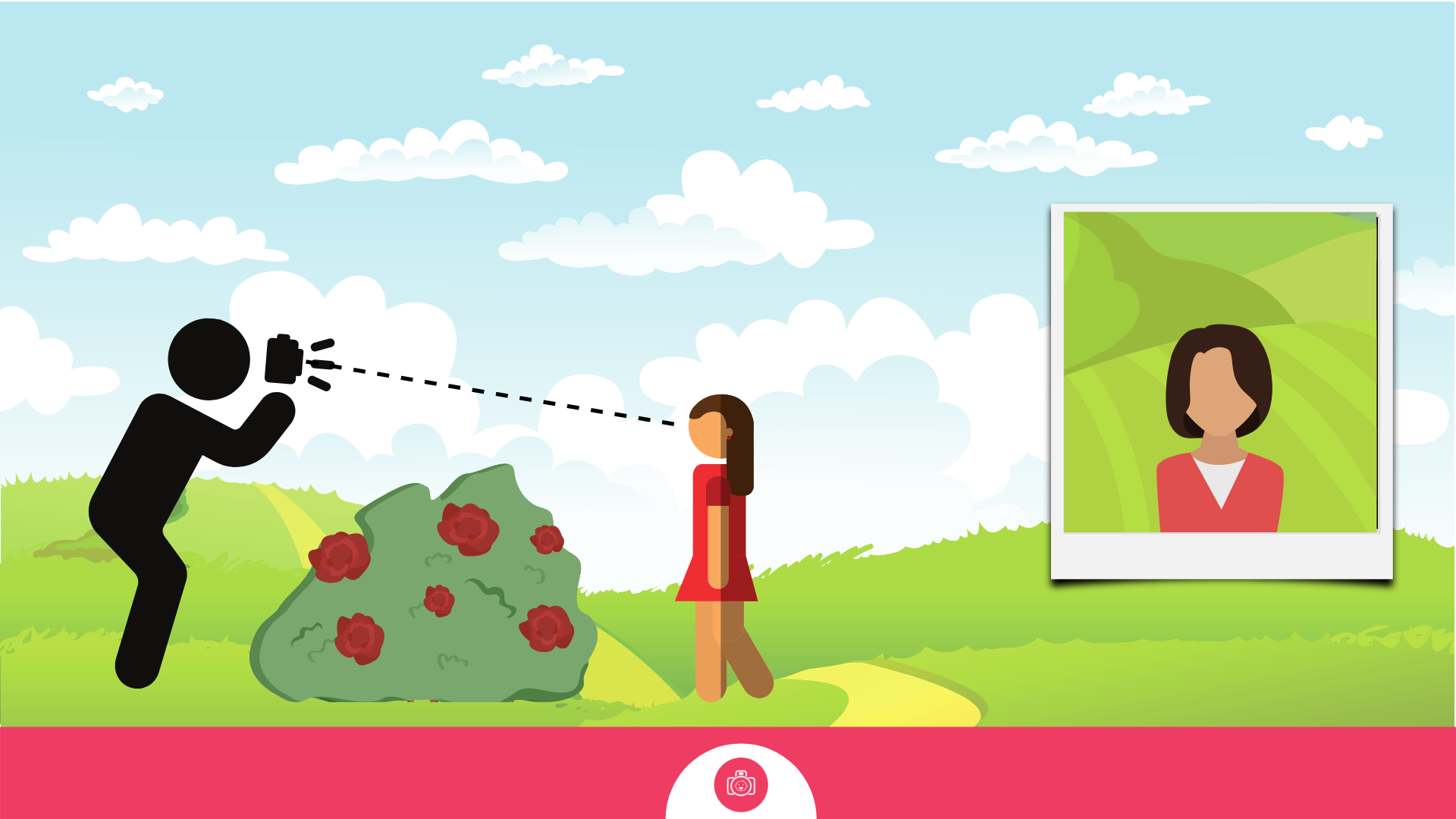How to further enhance composition in your images and bring more oomph to your photos?
For the last two days we were thinking about what our images were about and introducing simple compoisitional elements like lines and frames to strengthen the composition. Today, we're adding in one more thing to help you make your images better - DEPTH.
How the eye perceives the world
Consider for a moment how we perceive the world in front of us. It's very rare that you would stand immobile and only look in one direction. Usually, you would look around, pay attention to the detail and wider scene. Focus your eyes on elements closer and further away. Maybe even move around. All the while your brain analyses what it sees and creates a multi dimensional image of what you are seeing in your brain. But with a photo, all you often have to go by is a flat rectangle with limited clues as to size, depth and general space. It's a lot harder to convey the idea of depth in this way.


There is a better way - increasing depth perception
This is a technique where you compose your photograph in such a way that we are able to see and separate objects at different distances from the photographer. Typically, but not always, you would be aiming for your subject to be sharp, but the other element to have a degree of blur.

But how do we do it?
The missing space
Consider this image from the point of view of the three depth areas - Foreground ( in front of the subject) , Middle ground ( where the subject is) and Background ( what's behind the subject).

Very often, the first of the three, foreground, consists of nothing more than thin air, which photographically speaking, is not very exciting. And even if there is something there, the photographer tends to try to avoid bringing it into the frame.

But imagine placing something else in that space and shooting 'through' it so that a part of that object is visible, and possibly blurred out a little. That little bit at the front, helps our brain makes sense of the space it sees and enriches the texture of the image. We instantly go a few notches up in terms of added interest.




Straighten your angles
OK, now that we get the general premise, let's refine it. What I want you to do is to consider the angle with which you are shooting. Typically for most of adults, it will be a mildly diagonal, slightly downward pointing angle. It's not great, because if you consider what you end up seeing - your subject and then a lot of ground. As far as trying to create depth this does not work, because your depth only goes as far as the ground, there is no space visible in the frame beyond that. Instead, lower yourself down to the level of your subject and shoot at an angle that's parallel to the ground.

Use foreground to frame your subject
The concept of frames within frames is a known one in Photography - it is all about finding something within the image which would create a visual 'frame' around your subject. Well, if you are placing something between you and the subject, you may as well look if that element might be able to frame your subject, therefore doubling your composition lift - not only are you adding depth and texture, but also , highlight the subject by creating a frame for them.



Controlling the blur:
This is where this thing can get a bit technical. If you want to endure that your subject is sharp but what's in front of them and what's behind them isn't, you need to create what we call 'shallow depth of field' - there are a few ways of achieving that :
- if you are using a camera and have an idea on how to change your camera settings, you should aim to set your aperture to wide ( smallest available number)
- if you use your camera but mostly use it on auto, set you camera to something like a Portrait mode instead and it will prioritise wide aperture settings
- whether you do something with the aperture or not, zooming in ( using a longer focal length) will increase the visual compression of space and show more definition between the background / middle ground / foreground
- keep in mind that of your subject is far away, you may be able to get great blur in the foreground but background may remain sharp.
